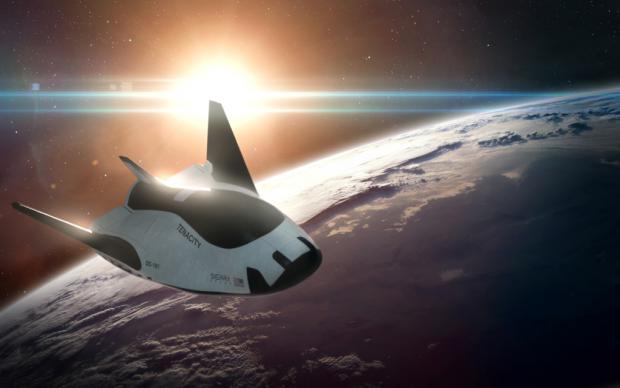
Breaking News
 Still No Justice for COVID Nursing Home Deaths
Still No Justice for COVID Nursing Home Deaths
 How To Make A FREE Drip Irrigation System With An Old 5 Gallon Bucket
How To Make A FREE Drip Irrigation System With An Old 5 Gallon Bucket
 Homemade LMNT Electrolyte Drink | ACTUALLY Hydrate Yourself!
Homemade LMNT Electrolyte Drink | ACTUALLY Hydrate Yourself!
Top Tech News
 Cab-less truck glider leaps autonomously between road and rail
Cab-less truck glider leaps autonomously between road and rail
 Can Tesla DOJO Chips Pass Nvidia GPUs?
Can Tesla DOJO Chips Pass Nvidia GPUs?
 Iron-fortified lumber could be a greener alternative to steel beams
Iron-fortified lumber could be a greener alternative to steel beams
 One man, 856 venom hits, and the path to a universal snakebite cure
One man, 856 venom hits, and the path to a universal snakebite cure
 Dr. McCullough reveals cancer-fighting drug Big Pharma hopes you never hear about…
Dr. McCullough reveals cancer-fighting drug Big Pharma hopes you never hear about…
 EXCLUSIVE: Raytheon Whistleblower Who Exposed The Neutrino Earthquake Weapon In Antarctica...
EXCLUSIVE: Raytheon Whistleblower Who Exposed The Neutrino Earthquake Weapon In Antarctica...
 Doctors Say Injecting Gold Into Eyeballs Could Restore Lost Vision
Doctors Say Injecting Gold Into Eyeballs Could Restore Lost Vision
 Dark Matter: An 86-lb, 800-hp EV motor by Koenigsegg
Dark Matter: An 86-lb, 800-hp EV motor by Koenigsegg
 Spacetop puts a massive multi-window workspace in front of your eyes
Spacetop puts a massive multi-window workspace in front of your eyes
Retro Spaceplane aces test for space station cargo missions

Cargo missions to the International Space Station (ISS) are as common as milk runs on Earth, yet, despite the orbital lab entering its last five years of service, there are still a few surprises in NASA's commercial program to keep it supplied.
One of these is Dream Chaser, which looks very different from the Russian Progress, Spacecraft Dragons, and the Northrop Grumman Cygnus. This year, Japan will add its HTV-X cargo ship and Dream Chaser, which looks very different from the capsules and cans that have been used up until now.
If Dream Chaser looks like a blast from the past, it's not surprising. Not only is it a spaceplane like the NASA Space Shuttle that lifts off atop a conventional rocket booster and lands back on Earth using a conventional runway, it's also derived from NASA's HL-20 Personnel Launch System spaceplane concept of the 1980s, and is a descendant of the remarkable X-20 Dyna-Soar spaceplane that the US Air Force wanted for its own missions back in the 1960s.
Though it looks a bit Shuttle-ish, Dream Chaser is more of a lifting body, with the fuselage of the spacecraft itself doing much of the work of a wing. It was originally a contender for ferrying astronauts to and from the ISS, but after losing out to SpaceX and Boeing, current parent company Sierra Space converted it to an uncrewed cargo version called the Dream Chaser Cargo System (DCCS).
This version does away with the passenger area and includes an expendable cargo module mounted with solar panels and the capability of taking 11,000 lb (5,000 kg) of pressurized cargo and 1,100 lb (500 kg) of unpressurized cargo to orbit, and returning 3,860 lb (1,750 kg) of cargo to Earth with maximum re-entry forces of 1.5 g.
The recent Joint Test 10B demonstration tests in Louisville, Colorado were aimed at showing the Dream Chaser can handle payloads under specified conditions, including the ability to supply them with power, air-cool them, and handle data between the payloads and Earth.
Along with communications links between the payloads and Sierra Space's mission control room and NASA's Marshall Spaceflight Center (MSFC) in Huntsville, Alabama, the tests included three payloads: the Polar cryogenic preservation system for transporting scientific samples, the Powered Ascent Utility Locker (PAUL) for charging CubeSats during ascent, and NASA's Single Stowage Locker, which is a standard stowage system for experiments and other payloads.

 DId Congress Kill DOGE?
DId Congress Kill DOGE?
 Node without Consent
Node without Consent

